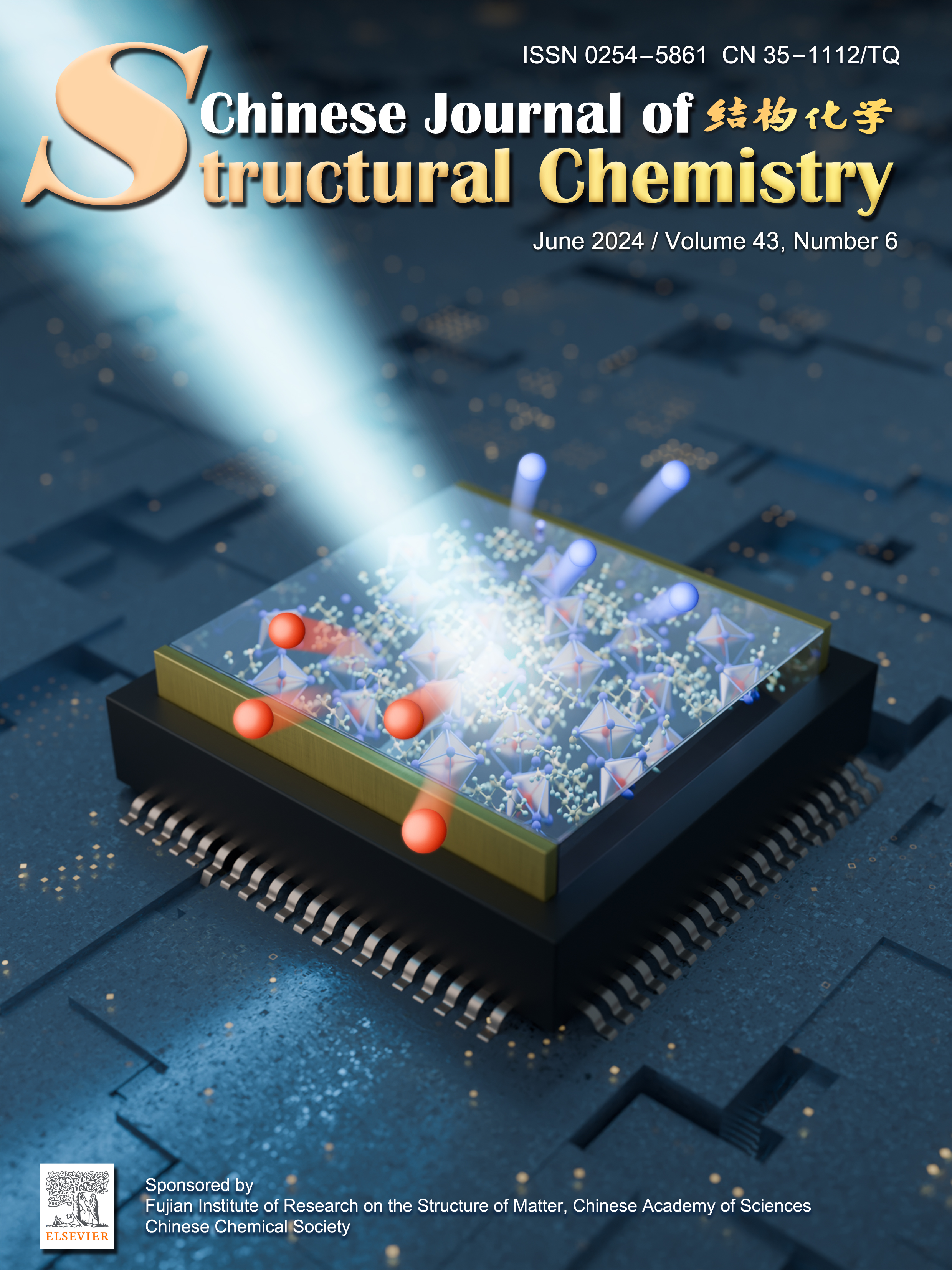
Xin Dong, Tianqi Chen, Jing Liang, Lei Wang, Huajie Wu, Zhijin Xu, Junhua Luo, Lina Li*
Chi Li, Peng Gao*
Chin. J. Struct. Chem., 2024, 43: 100324. DOI: 10.1016/j.cjsc.2024.100324
June 15, 2024
ABSTRACT
SAMs with tunable permanent dipole that could alter the WF of the substrate seem to be a perfect alternative to the thick HTLs in inverted PSCs. Essential elements are present in their simple structures to achieve efficient energy level alignment and hole extraction/transport. More importantly, the simplified fabrication process represents the direction towards cost-efficient production of end products. The success of SAMs in inverted PSCs should inspire the perovskite community in two directions: 1. There should exist n-type counterparts that can change the WF of the substrate toward the opposite direction so that an efficient electron extraction/injection could be achieved without using an independent electron transporting layer; 2. A more stable inorganic compound with essential capability of modulating the WF of conductive electrodes should be the final target to realize efficient and truly stable PSCs. Nowadays, passivation is ubiquitous for achieving high-performance inverted PSCs. However, dipolar SAMs, designed to replace the traditional HTLs, such as PTAA or NiO, have not yet shown a consistent passivation effect at the perovskite buried interface. Therefore, besides the dipole moment, it will be also beneficial to carefully design structurally specific SAMs with apparent passivation efficacy. However, whether such efforts will fall into the category of over-engineering deserves further exploration. These topics remain crucial for further investigation, which demands substantial research dedication and commitment.






